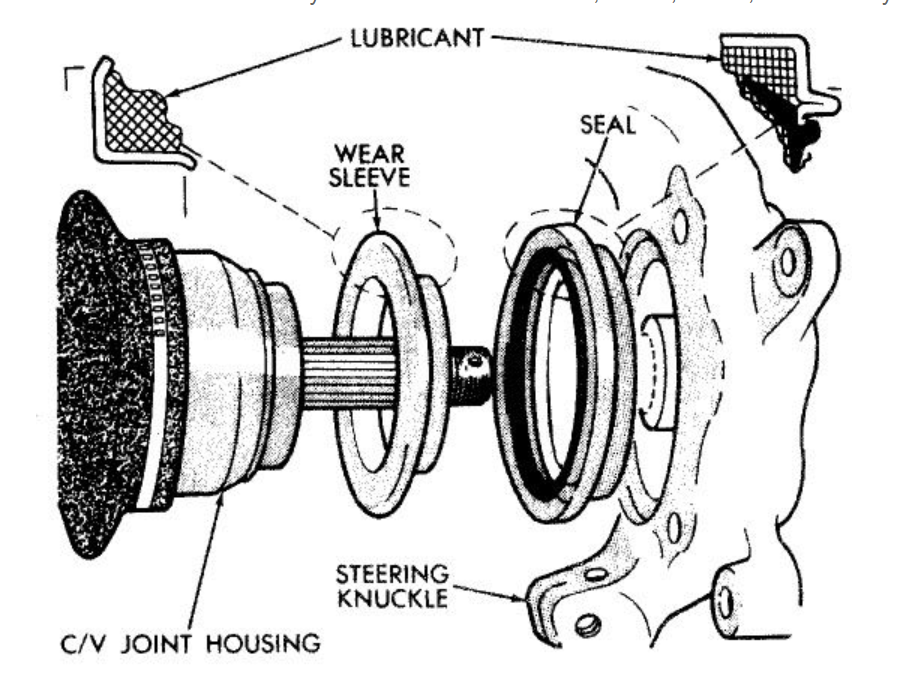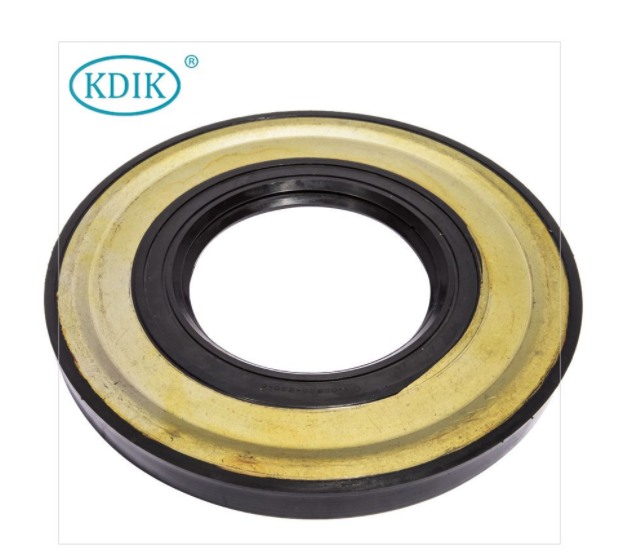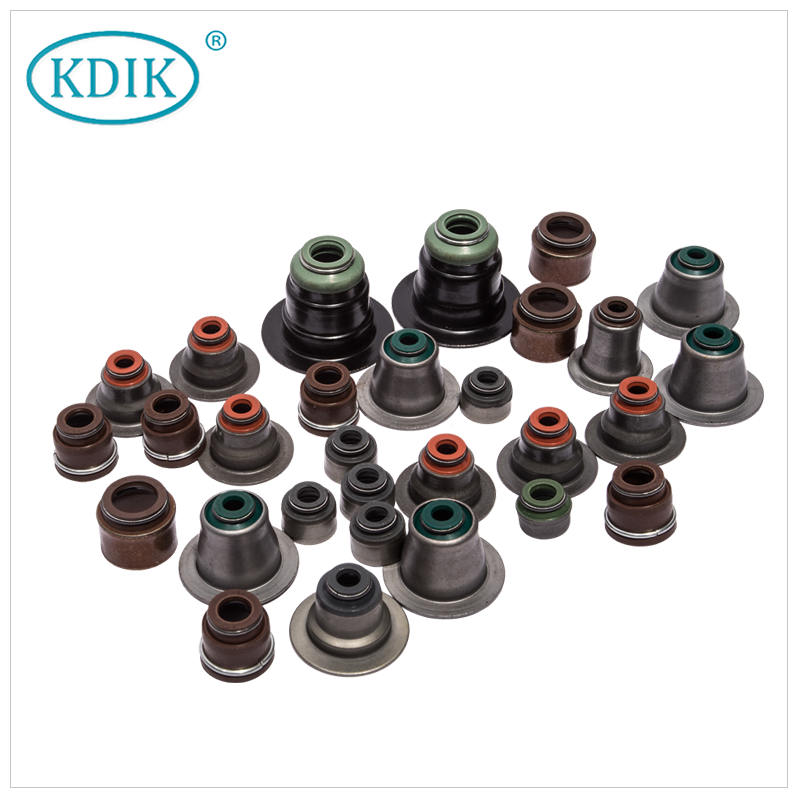How to Measure and Identify Oil Seals
Replacing critical components can be difficult to do correctly, especially if you don't have the original machine specifications. Thankfully, there are several ways to identify oil seals; from their design, size and material. Since there are hundreds of different oil seals on the market, this guide will cover the four most common design types.

Single Lip vs. Double Lip
First, the oil seals covered in this guide categorize a single lip as the inside diameter of the bottom of the assembly. The single lip contains oil, grease or lubricant and is critical to the function of the seal. The only difference between a single lip and a double lip is the additional rubber lip on the top of the oil seal that helps keep dirt or grime from getting close to the shaft.
The identification of the oil seal lip may be misinterpreted by visual inspection only. Or for this reason, you should press along the inside diameter of the top of the oil seal and if you feel a slight bulge or a slight movement, there is a good chance you have a double lip oil seal.

Auto Parts Oil Seal 1-09625-226-0 OEM be1037e0 SIZE
Oil Seal Types
1. Type A - Rubber covered lip seals
Completely covers the outside diameter for an excellent seal. This type of oil seal is fully enclosed with rubber material and is the most widely used type of oil seal. Excellent resistance to thermal cycling, temperature and varying chemical resistance.
2. Type B - Metal OD oil seal
An economical metal OD for standard applications. This is an economical oil seal in which the metal is exposed on one side and provides a tighter fit between the oil seal and the housing or bore. Therefore, it has limited use in sealing thin liquids or gases.
3. Type C - Reinforced Metal Insert Oil Seal
Same design as Type B with an additional inner housing to increase structural rigidity. This type of oil seal is typically used for heavy construction machinery or large diameter size seals.
4. Type F - Stainless Steel Garter Spring
Same design as Type A with a corrosion resistant metal housing and stainless steel garter spring. Suitable for use with a wide range of fuels and chemicals.

valve stem oil seal
Identifying Oil Seal Materials
Nitrile or NBR is black, while Viton or FKM is typically brown. Nitrile is used for general purpose applications requiring resistance to aliphatic hydrocarbons, petroleum, water and hydraulic fluids Viton is best suited for a variety of sealing jobs requiring high temperature and chemical resistance. Applications involving exposure to petroleum, acids, silicone oils and gases, halogenated hydrocarbons, and aromatics.
We hope the information in this article will help you determine the correct oil seal for your application. If you have any questions, please feel free to call one of our engineers. honglei has over a hundred types of oil seals available for purchase online, so browse our oil seal selection today.
评论
发表评论